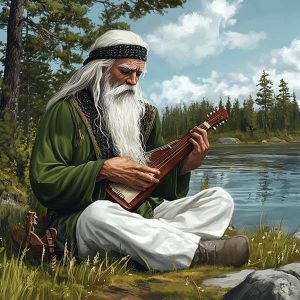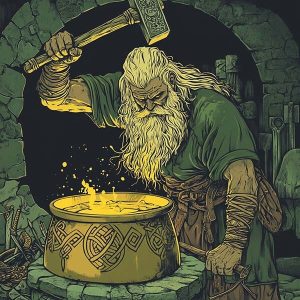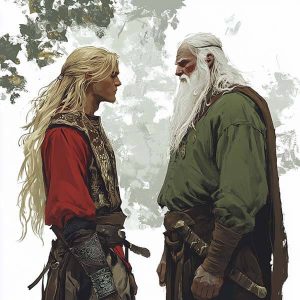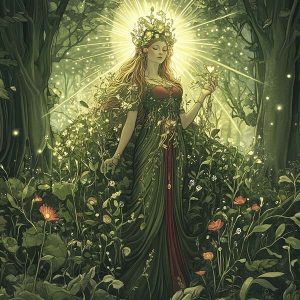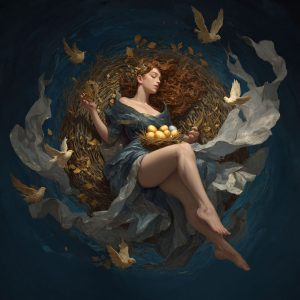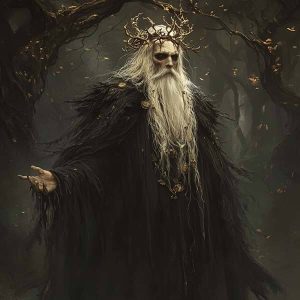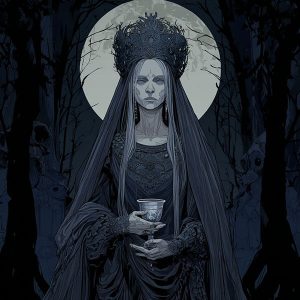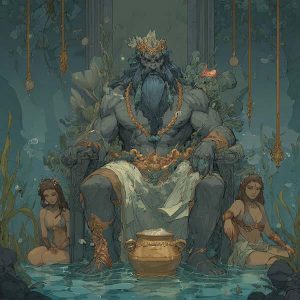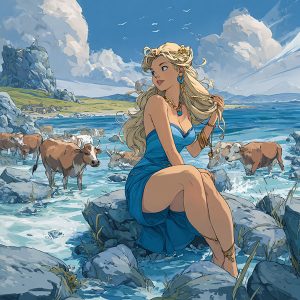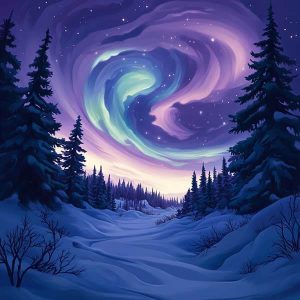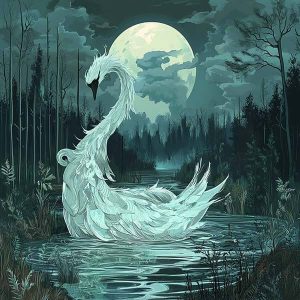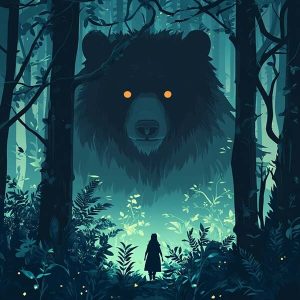Gods of Kalevala
Importance of the Kalevala
The efforts to compile and publish the Kalevala began in the early 19th century to preserve Karelian oral traditions. At the time, Swedish was the dominant language in Finland. Finnish was only spoken in homes and the region of Karelia.
The publication emphasized Finnish culture and motivated political action for Finnish independence. However, many poems originated from the Karelian language, which differs slightly from Finnish.
Karelian Rune Singing
The traditional folklore was often recited in “rune singing” (runolaulu) across regions of Finland, Estonia, and the Baltic. Rune singers traditionally sang these poems in Finnish and Ingrian, primarily in the Karelian peninsula and throughout parts of Estonia.
Publishing the Kalevala helped preserve these ancient poems and promote Finnish culture throughout the region under Swedish rule. Rune songs have existed for nearly 1000 years; however, they were not compiled in writing until the late 1700s.
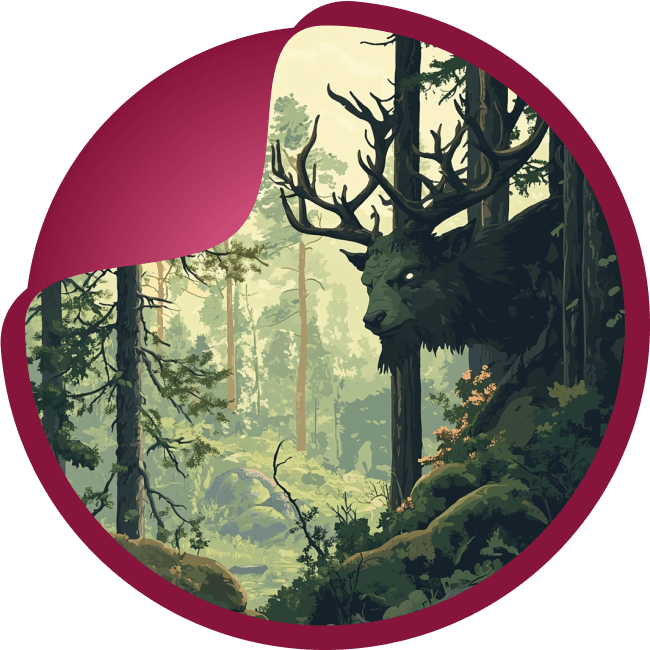
Finland’s National Epic
The poems are written in a distinct poem cadence called the Kalevala meter, which encompasses a trochaic tetrameter format. People across Finland and the Karelian region revere this work for inspiring cultural awareness.
As one of the most significant pieces of literature originating from Finland, the compilation helps instill a sense of national identity.
Further Inspirations
One of the most popular global influences was in J.R. Tolkien’s Lord of the Rings. A Tanzanian academic, Mugyabuso M. Mulokozi, also emphasized that the Kalevala was a “major literary event for Africa” after being translated into Kiswahili (Swahili).
Kalevala Day
February 28th, 1978, was officially declared Kalevala Day in Finland. The day celebrates the literary creation of Finland’s national epic and Finnish culture.
On the same day in 1835, Elias Lönnrot signed the first preface of his publication. Later, in 1865, students from the University of Helsinki (Imperial Alexander University at the time) celebrated the date of the original author’s signing. This led to the day becoming an unofficial flag day in 1950, which later became Kalevala Day.
Popularity
The Kalevala was a source of national identity for Finland while still under the rule of the rule of Russia. It provided a sense of the Finnish people’s culture, heritage, and representation through poems, songs, and oral traditions.
This work also inspired many other literary and artistic influences worldwide, including the Lord of the Rings.


